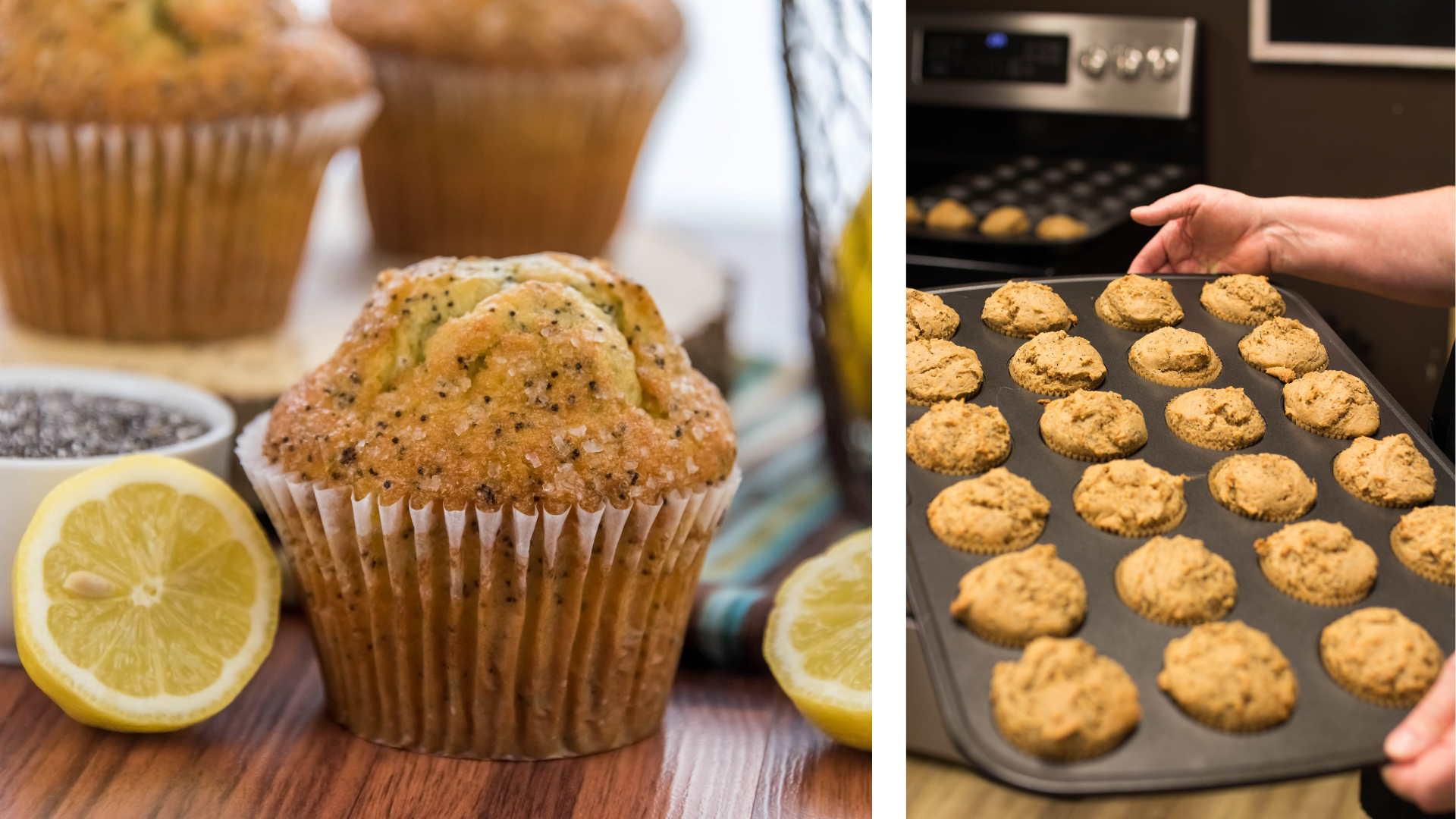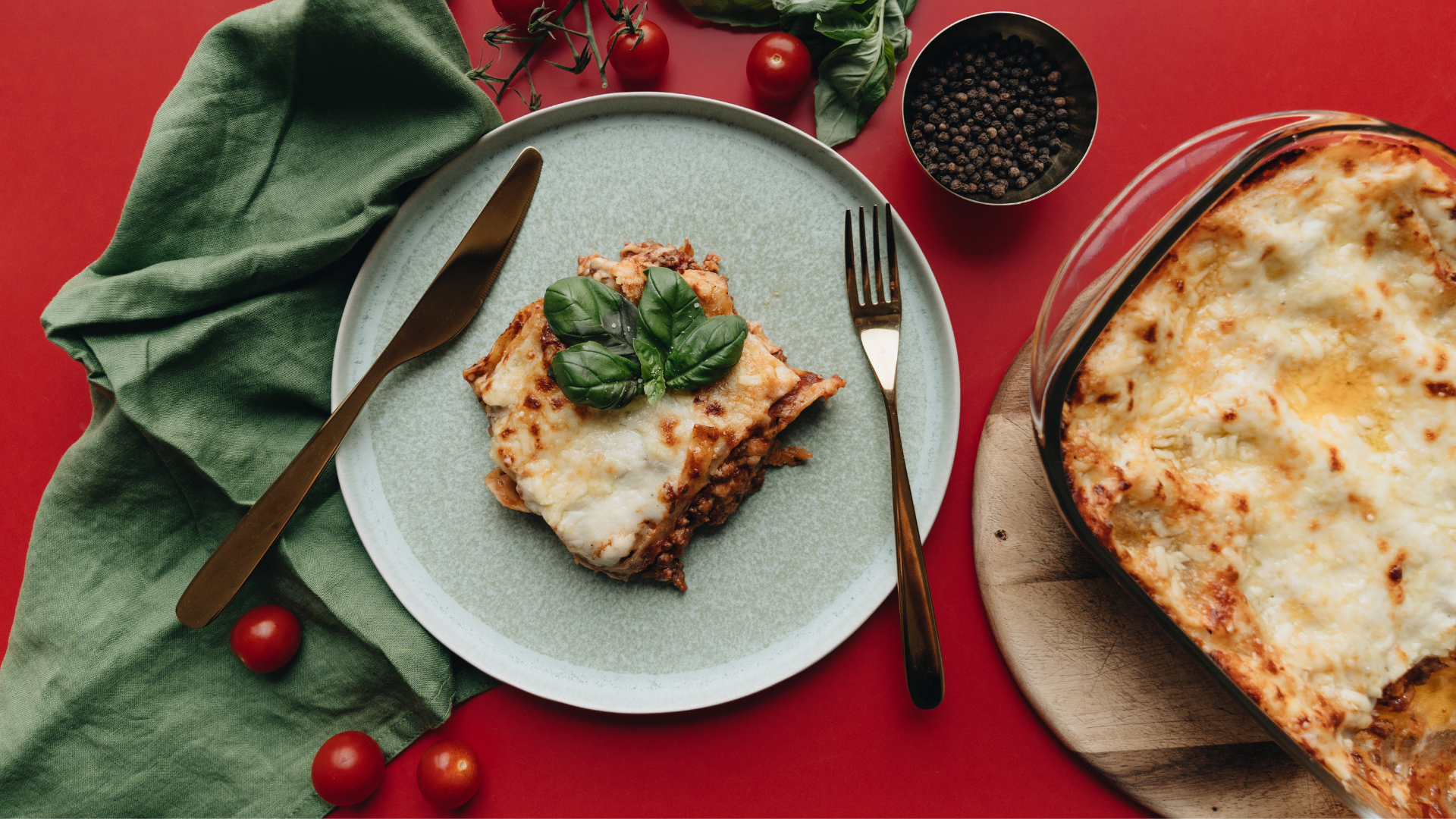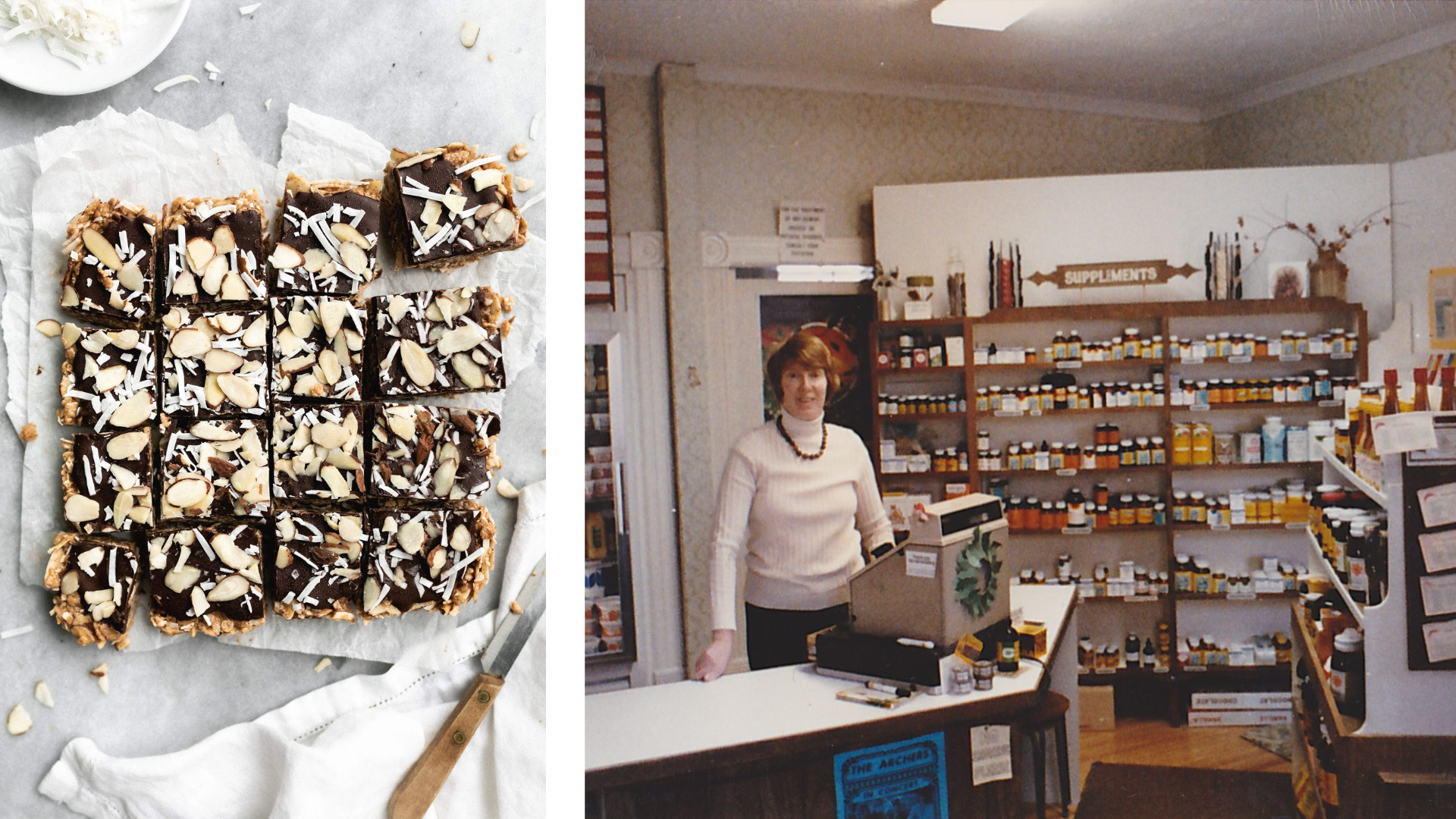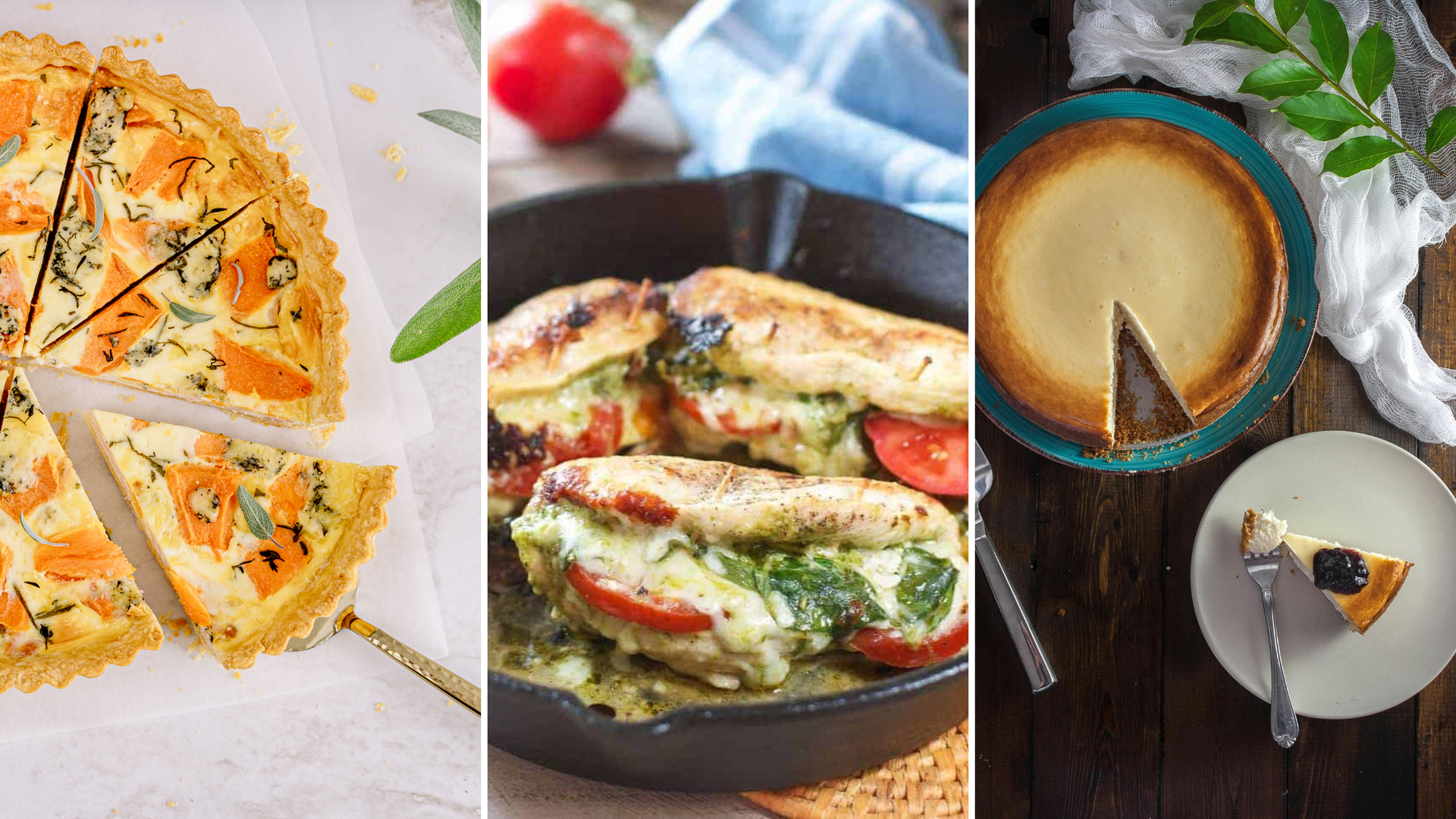Where’s the Meat?
WITH ALL THE NETFLIX DOCUMENTARIES OUT THERE, IF YOU ARE STILL A MEAT EATER, HOW DO YOU KNOW WHAT YOU ARE EATING IS WHAT IT SAYS IT IS? HERE ARE A FEW OF THE QUALITY DISTINCTIVE BRANDS WE CARRY AND THEIR PASSION FOR YOUR HEALTH WHEN IT COMES TO CHOOSING QUALITY MEATS.

MERRYLYND FARMS
Merrylynd Farms has been providing superior certified organic and GMO-free products to GTA, Peterborough, and the Kawarthas since 1825. All Merrylynd Farms beef is traditionally raised without the use of antibiotics or hormone with access to open pastures supplemented with feed from their own organic grains and hay production. The tradition of the family farm is maintained with extensive crop diversity ensuring good land stewardship.
Our farm is located in Peterborough County, in Douro township, which was settled in 1825 with the Peter Robinson immigration. We are reminded with the new refugees coming to Peterborough that we were all immigrants at one time. There are only 2 farms in all of Douro that have been registered in the same family name since 1825 and one of them is the farm where Ada and Peter Leahy live. This has been a Leahy farm since 1825: almost 200 years.
On our farm we produce livestock and crops. The cattle are Angus based and are born and raised on our farm. Angus is a breed of cattle developed to be hardy and with high quality meat. The crops we grow include spelt, rye, Red Fife, corn, soybeans, emmer, pumpkins and of course hay and pasture for the livestock. We have been certified organic since 1991 and this includes the grain processing where we clean, dehull and mill flours and feed.
Jo Anne’s has been an integral partner for us for many years as they promote local and organic which is exactly what we are. Not everyone chooses organic so we appreciate the loyal stores that we supply that share our philosophies. Organic in our estimation is still the best choice for food production . There are cheaper production systems but as our farm motto says There’s only one Earth and There’s only one you. It seems that every product you see on store shelves now uses some sort of prefix to differentiate itself: free range, GMO free, herbicide free. These are all good but when you buy organic you know that it has to be all these things plus antibiotic free, humanely raised and more.
As our world becomes faster and faster and technology improves daily, we must remember that food is a very intimate part of our life. It is different than choosing the car we drive or the electronics that we use. Food goes directly into our bodies and so we deserve to know where this food comes from. We as an organic producer, would like to thank Jo Anne’s for helping us to market our products and ultimately want to recognize you the consumers who choose our products. Whether you realize it or not, it is you, the consumers, that will determine the success of organic farms and indeed the future of agriculture.
~ Peter and Ada Leahy
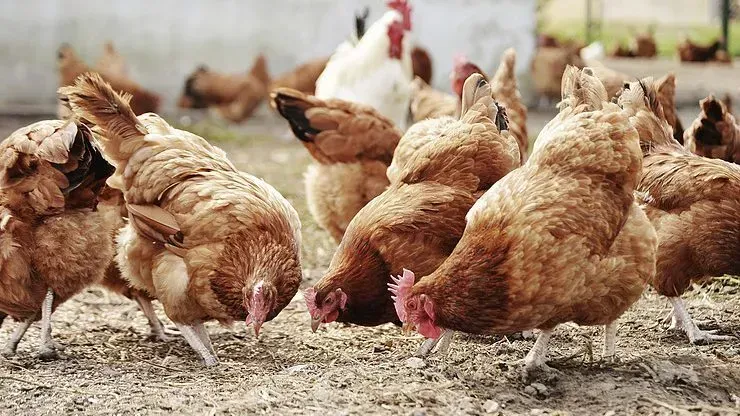
YORKSHIRE VALLEY FARMS
It ALL starts at the farm. Yorkshire’s family-run farms work to the highest organic standards and are certified by Pro-Cert Organic Systems. The birds are raised on wholesome, non-GMO organic grains with no added antibiotics. They also have space to roam in modern barns with natural light and ventilation, and have access to outdoor pastureland. This more holistic approach helps reduce bird stress, allowing their own immune system to keep them healthy. When our founding farmers started farming in Ontario many years ago, they chose to grow organically because they knew it would provide the best products for their families and friends. Now that the next generation of farmers has taken over the land, they still feel the same way. That’s why Yorkshire Valley Farms is committed to bringing you the highest quality organic poultry. Our focus is, and always will be, to offer you organic products you can feel good about, for your families and the world we live in.We work diligently to ensure our farmers and production partners uphold the organic requirements at all stages. All partners are expected to adhere to our Code of Conduct. Maintaining the trust that you put into the organic label is what drives us each and every day to produce products you can purchase with confidence. We’re proud to produce a healthy product for a growing population in an environmentally conscious way. ~ Thomas Ahrens, founding farmer

HARLEY FARMS
Harley Farms originated in East Kennett, England. Roger and Julie, together with their children James and Emily, used natural farming protocols to farm over 4,500 acres that included 2,500 breeding ewes and lambs, 1,000 head of fattening cattle, outdoor farrow to finish hogs, and also producing all our own winter supply of forage.
In 2000, the Harleys moved to Canada from the UK and in 2002 we purchased their present farms near Keene, Ontario where they started working on, and developing sustainability agricultural standards and protocols, that would work in Canada, to cover the sustainability of the environment, animal welfare and the financial well being of the farmer.
At Harley Farms, our goal is to produce livestock and crops in a way that aligns with the surrounding natural environment and with a special focus on animal and bird welfare. As a result, our customers can have confidence that Harley Farms products are fully traceable and come from livestock which are humanely and sustainably raised.
Our farming system is grounded in the belief that our animals should be raised as humanely and naturally as possible. As a result, our farm animals are kept together in family groups for most of their lives, which reduces their stress levels and supports their overall health. We also believe in maximizing the use of our pastures and forage crops, which allows the animals to subsist predominantly on the plants and crops they are meant to consume,thereby reducing our dependency on grains in our livestock finishing program.
We strive to provide our animals with as much fresh air and abundant space to roam as possible, preferring to shelter rather than confine them. Our Heritage Tamworth sows, for example, can be seen out in the fields year-round with their young. Even on the coldest, snowiest days, the pigs seem happiest outside as long as they have a dry and warm shelter to retreat to when they’re ready to come in. We breed livestock best suited to the climate and surrounding environment and likely to thrive and fatten off a pasture and forage based diet.
~ Roger and Julie
VISIT OUR FREEZER SECTION FOR OUR LARGE SELECTION OF QUALITY MEAT AND FISH!
